“This past year, our nearly 20,000 team members helped 56,240 families and individuals across the country achieve homeownership,” says Kevin Clayton led and Berkshire Hathaway (BRK) owned Clayton Homes’ annual report. Of that total, they said that there was “46,765 Off-site built homes.” They also sold “9,474 Site-built homes.” The total of their factory- and site-built houses would be: 56,239. That presumably yielded their stated “55,558 Loans originated,” but that is not entirely clear. They also wrote “48,039 New insurance policies sold.” Not mentioned, at least with clarity, is how many pre-owned homes that they sold?
That “nearly” 20,000 team members breaks down, per their report, like this.
- 1,900+ team members at the Clayton Home Office in Maryville, TN.
- 860+ team members at the 21st Mortgage Office in Knoxville, TN.
- 11,500+ Clayton Manufacturing team members across the country.
- 1,100+ Clayton Supply® team members across the country.
- 1,700+ Clayton Properties Group® team members across the country.
- 2,600+ Clayton Homes Retail team members.
Clayton reported that they have:
- “362 Clayton home centers.”
- “811 independent retail centers.”
- 407 cities with a location selling Clayton home
The say that they have “40 home building facilities” plus their “9 site builders” that reflect Clayton Properties Group’s “builders in 38 cities.” Their factories are “Clayton home building facilities operate in 33 cities across the U.S.”
In talking about “CrossMod” – sans the MHI trademark symbol – to which they devote several photos, paragraphs and a video, they said that “We [Clayton] witnessed appraisal, zoning and financing successes with this category of homes, offering the opportunity to elevate the entire manufactured housing industry.” That inspired part of the headline, and will be examined further below.
Several points could already be raised from the above. In no particular order of importance.
- If, the Berkshire and their allies dominated Manufactured Housing Institute (MHI) most recent data is correct, then there are 136 HUD Code manufactured home builder centers in the U.S. That means that Clayton has 29 percent of the production centers that produce about 50 percent of the HUD Code manufactured housing market’s production.
- Clayton muddies the water in terms of disclosing what the breakdown is of their “off-site built homes.” How many were modular? How many were HUD Code or tiny houses? What percentage of their HUD Code homes are so-called CrossModTM units? Clayton did not specify.
- A clue on the reality of CrossMods vs. after the years of hype comes from Fannie Mae. They Fannie (FNMA) reported to the FHFA that in “We [Fannie Mae] purchased 19 MH Advantage loans in 2020, but only six of those loans met the statutory requirements of Duty to Serve (DTS). Fannie did not say which manufacturers. MHProNews knows from another source that Skyline Champion has had a few sales. So, this would still be a degree of guesswork, as Clayton has not answered questions on this topic. That said, sources indicated that the number of such CrossModTM sales in all of the U.S. were in the double digits. Unless they are doing a lot of cash sales on CrossMods, which they have not reported doing, then Clayton – plus given the others making CrossMods – it is logical to infer that they can hardly call this program a roaring success. Indeed, it is reportedly similar total to their iHouse which they eventually abandoned.
- Kevin Clayton in a video interview with transcript linked here said at the time that “we [Clayton Homes] have about 1,200 wonderful independent retailers that buy product as well from us.” While it is not entirely clear that all of their current independent retailers are ‘street retailers’ vs. a combination of street retail and selling land-lease communities, at a minimum some 1/3rd of their independent retail base has vanished. But that total may be significantly higher, if their claim of 811 retail centers includes a mix of in communities sales and street retailers.
- Additionally, in that same Kevin Clayton video and transcript, Clayton’s CEO said that “We [Clayton Homes] have 450 retail stores that we own…” That means that they have experienced a net loss of 88 retail centers since that Clayton video. Roughly 20 percent (19.555 percent) of their own retail centers have closed in a decade.

- Arguably as or more important are the thousands of independents that have been lost, shut down, or sold out at a discount. MHI’s former VP helped provide the evidence for that to MHProNews, as the report linked below reflects.
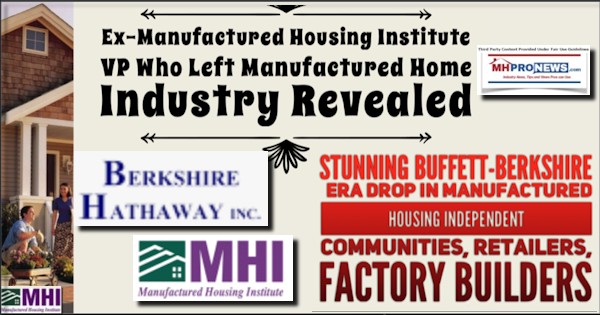
Part I: Additional Information, More MHProNews Analysis and Commentary
After over 2 years of MHProNews hammering away at the facts and evidence that the industry was in retreat during an affordable housing crisis, MHI and their dominating brands – which clearly includes Clayton Homes, 21st Mortgage Corporation, and Vanderbilt Mortgage and Finance (VMF) – kept touting their achievements in photo ops, videos, and statements. This is spin and paltering on steroids’. After all, declining shipments hardly bolsters their claiming “momentum” as 2018 was drawing to a close and since. Following fact-check after fact-check, accountability examinations for MHI’s various claims, and even some evidence-based satire to make the points, there has finally been an uptick in business reported for March 2021.
- But prior to that, the year-over-year totals for production in 2019 over 2018 were downward.
- The year over year totals for production in 2020 over 2019 were downward.
- While 2021 began on a continued downward trend, that sharply reversed in March 2021. It was not so long ago that MHProNews pointed out that MHI “coalition partner,” the National Housing Conference (NHC) once again inadvertently or ironically revealed how MHI was failing at their own claimed mission.
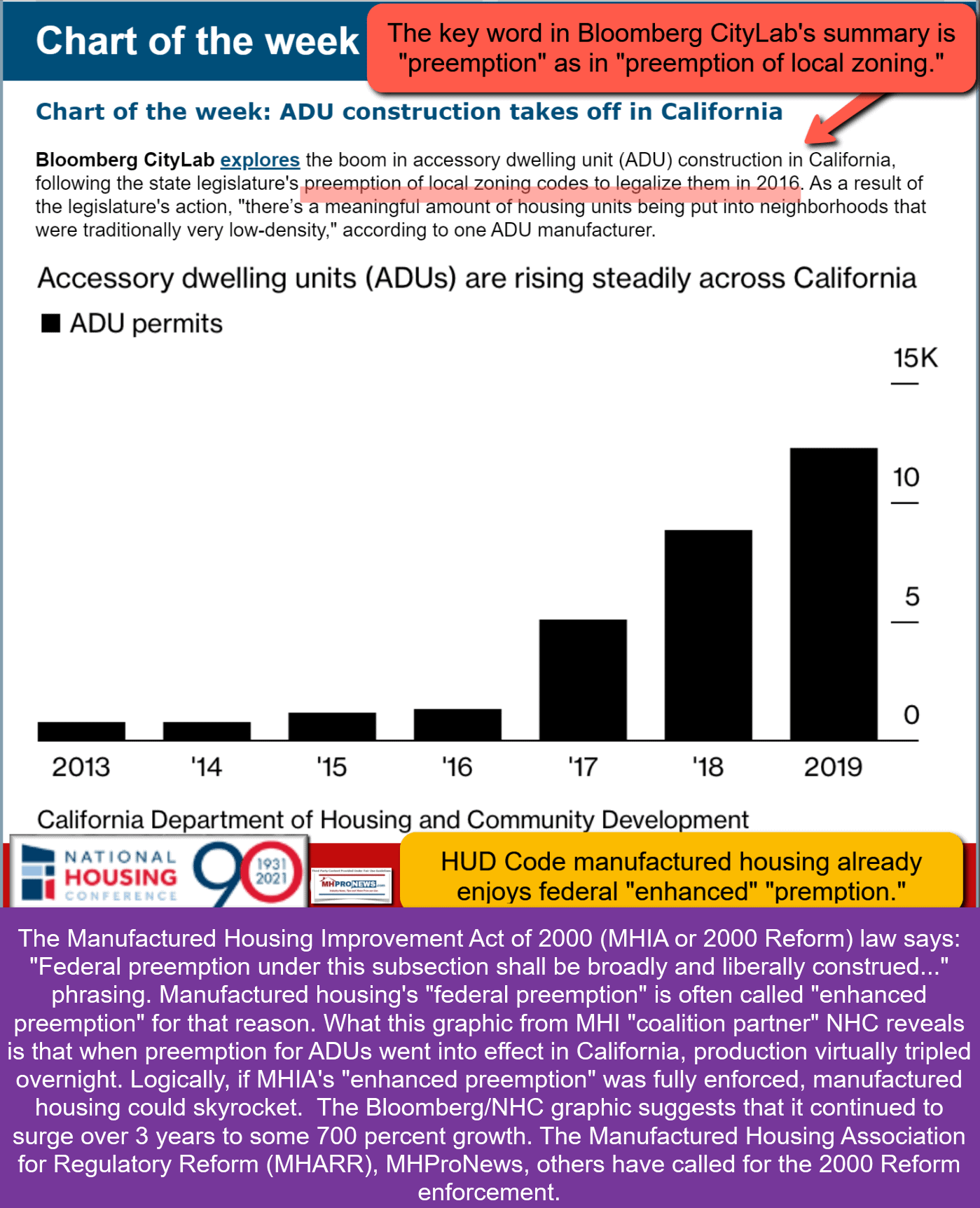
Bear in mind that those years between the year of 2018 through early 2021 of overall slipping sales of HUD Code manufactured homes meant that during a widely acknowledged affordable housing crisis, manufactured housing was losing ground. How is that possible? Especially, when far more expensive conventional housing sales were steadily rising?
The evidence suggests that there are several factors. Among them, per the industry professionals quoted and linked from reports herein, are the following.
- A lack of competitive consumer retail financing and options. Fannie Mae, Freddie Mac, FHFA, HUD/FHA, Ginnie Mae, FHA Title I, and FHA Title II all failing to take steps to make more competitive financing available, even though that is part of their requirements under federal laws.
- When pressed for years, in closed door sessions the meeting minutes of which have not yet been made public or available to MHProNews, MHI, Fannie and Freddie apparently began the process of rolling out a ‘new class of manufactured homes’ that eventually became MHI-branded “CrossModTM” homes. Kevin Clayton bragged that this would “elevate the industry.” Really? Then why did production decline in its wake? Note that Fannie calls their branded version of lending on CrossModTM homes MHAdvantage®, while Freddie Mac calls their version CHOICEHomes®. As any serious marketer can tell you, when you are pushing a plan, you want message cohesion. Isn’t it odd, at least in hindsight, that there have been so many different names and terms applied to this “new class of manufactured homes?” How could Clayton – which is part of this push and arguably the strongest voice at MHI and among many of their state affiliates – have allowed such an obvious messaging disconnect?
- Fannie Mae, in their report to FHFA said of their MHAdvantage® – essentially the same as the MHI term CrossModTM – said touted as part of the Duty to Serve (DTS) requirements that they had worked to “Develop an enhanced manufactured housing loan product for quality manufactured housing and purchase loans…” Those “quality” products were CrossMod
- Isn’t it obvious that if CrossMods were “quality,” that there is an implication that all other manufactured homes were then – by implication – less quality? How did that help to serve what Kevin Clayton himself publicly warned against? Namely, do not forget to dance with the one that brought you to the dance. Namely, the most proven permeant affordable housing, manufactured homes. To elevate only a small, and experimental, segment of the industry – CrossModTM – over all others is a serious perception problem. Given the education and experience of those involved, the argument could be made that they had to realize that this may not work.
- Indeed, as MHProNews reported, at the big in person meeting where MHI announced this new plan, there were attendees who walked out in protest and disgust. Link.
- After spending hundreds of thousands of dollars in so-called research and focus groups that claimed that CrossModTM would be hot with consumers, the actual data proved it is not hot. Why has MHI and Clayton Homes not addressed that serious disconnect? How do they explain that after all the hype, there have been reportedly been only a few dozen sales of such model homes financed, per Fannie Mae and Freddie Mac’s own data covering 2 years? After all the hype, isn’t a few dozen sales only a let down?
- As someone with grass-roots pragmatic proficiency in manufactured home marketing, MHProNews engaged with a consultant to a GSE on this product while it was still in the early stages of being developed. In a one-on-one call, this writer for MHProNews asked, what would happen if this product proved to be a failure? What would happen if sales would decline instead of rise as a result of this roll out? The answer was sobering. Well, in that case, they may have to reevaluate or even pull the plan. That was an educated person with years involved in manufactured housing. Note that person had significant experience in dealing with MHI.
- Note that years later, that is precisely what came to pass. This is not just imaginary, MHProNews signaled in a very specific article that this so-called new class of homes that was later renamed CrossMods could prove to be a Trojan Horse for manufactured housing and its independents. That is in fact what occurred. The ways that we could know in advance what was coming are essentially outlined above and herein. If we could know, then why didn’t Kevin Clayton, their allied brands of Cavco Industries – led for years by a former Clayton Homes division president, Joseph “Joe” Stegmayer – and Skyline Champion not no? Not to take anything away from our own expertise, but one must objectively acknowledge their experiences too. If Kevin Clayton is “best in class,” per Warren Buffett, then why was he so wrong on CrossMods? It is almost inconceivable. Rephrased, the evidence should suggest that MHI members were sabotaging their own industry’s rivals. To a degree, in doing so, they were sabotaging or limiting their own sales. That means they were to some degree arguably deceiving their own shareholders.
- These facts cry out for bureaucratic, Congressional or even state level probes by officials armed with subpoena powers. The SEC is supposed to regulate some of these issues. The FHFA and HUD have a role to play. The argument could be made that the DOJ or FTC may have antitrust or RICO roles to play, as Samuel “Sam” Strommen from Knudson Law has said in a well-documented research report.
- But there is more evidence. MHProNews reported from during those early days after these announcements and discoveries about the ‘new class of homes’ that MHI member producers – management level professionals with firms that are not dual MHARR members – who were also skeptical or even opposed about this new class of manufactured housing scheme. Among them were those that said that the plan made no sense. Why? Because many HUD Code producers already built state-coded modular housing. As many industry pros know, state coded modular housing may carry a ‘blue label.’ Meanwhile, by law, all HUD Code manufactured homes carry a red HUD seal on the tail end of the unit. While there are numerous similarities in the codes, there are differences too. A modular is essentially built to the same types of specs that are used in that state. A modular home can get Fannie or Freddie lending with no problem. Despite the fact that a HUD Code manufactured home is built to nationally preemptive standards and is supposed to get similar financing, that has clearly not been the case. MHI, MHARR, even the FHFA have all agreed on that point. As a quick note to dot the proverbial i, the HUD Code is the only housing built to a national code. That national code creates efficiencies in factory production. A HUD Code home destined for KY will have largely the same types of features as one destined for northern Texas, Alabama, or Georgia. Because workers can perform more efficiently in routines that speed the line, labor cost can be lower on a HUD Code home.
- It is worth mentioning that the Modular Home Builders Association (MHBA) executive director, Tom Hardiman, not only ripped MHI for ‘misleading’ and ‘deceptive’ marketing. He also ripped them for not standing up for their own housing product. Hardiman said he would never denigrate a manufactured home. Clearly, Hardiman is proud of modular production. But he thinks manufactured housing serves a vital role too. Yet, Hardiman accused MHI – and by extension, their big brand backers – of abandoning their own product. In hindsight, once again, there ought to be total clarity on this. People involved in this MHI-fronted scheme may be lying or paltering. But the facts do not lie. The program is going no where slowly. MHProNews repeatedly reported that MHI insiders were saying they saw “no traction” to this plan. Now, with new data from FHFA, that is a confirmed fact. This does several things. One, it once more confirms the reliability of MHProNews as a dependable source of industry information. It also confirms that our sources are reliable sources. Objectively speaking, a publisher can site a source that may or may not be accurate. But MHProNews has a strong track record of reporting with sources who’s published comments found exclusively here stand up to the test of time.
- These facts from Clayton Homes, recent and prior reports on MHProNews also demonstrates the point made by James A “Jim” Schmitz Jr and his research colleagues. While MHProNews has stressed from the outset that there are certain nuances that they might consider applying to their reports, they nevertheless are broadly correct in saying that there are forces that have de facto colluded to subvert HUD Code manufactured homes for years.
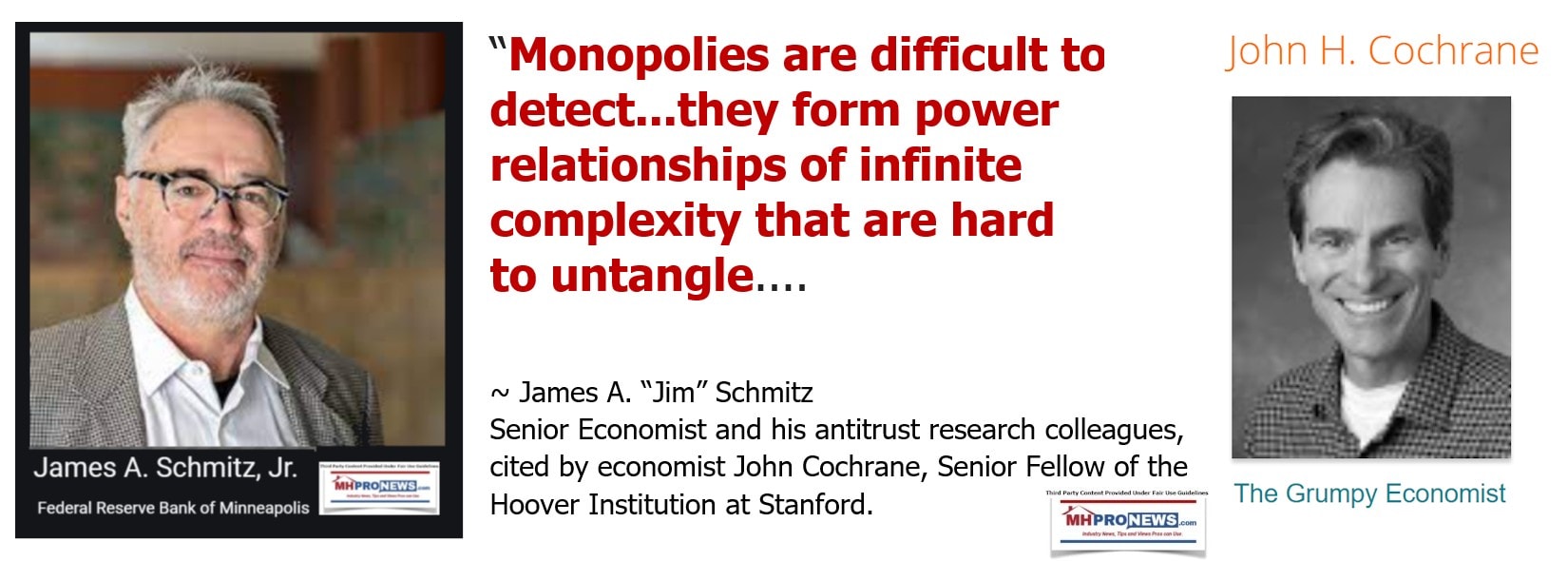

13) It should go without saying to regular readers, but merits mention for newcomers and all others, that MHARR has been spot on in their years of concerns over CrossMods. Once again, while there may seem to be similarities to casual observers looking into manufactured housing between MHARR and MHI statements in comment letters, for example. But when carefully examined, those casual similarities are in hindsight apparent examples of MHI leaders paltering. Once more, if and when federal and/or state officials – or plaintiffs’ attorneys? – use subpoena powers to investigate these claims, MHI leaders like Lesli Gooch should be placed under oath and questioned. So too should Kevin Clayton, Joe Stegmayer, Mark Yost, and several prior and current corporate and association leaders. If they fail to do what they know should be done, then they are arguably another example of massive frauds that previously went under or un-investigated by those who are charged with regulating businesses. ICYMI, do not miss the WND item linked below.
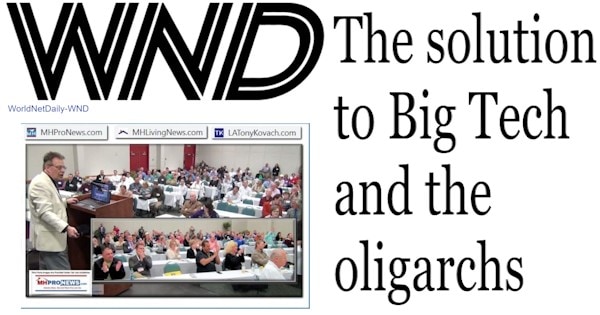
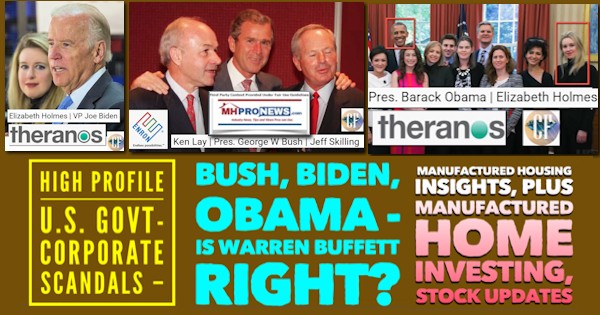
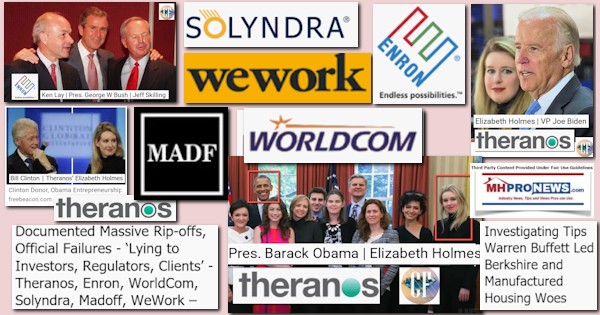
14) It must be stressed that regulators and public officials are failing at their jobs. This has real world consequences to virtually all Americans. When affordable housing is lacking, as Schmitz and his colleagues have said, homelessness, housing instability, and insecurity increases.
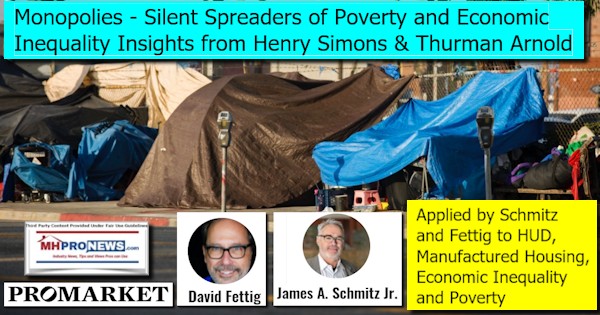
15) Every top HUD official in the 21st century should be called in and questioned under oath. While claiming to support HUD Code manufactured homes, why is there a lack of tangible evidence for it? As MHARR’s Mark Weiss, J.D. recently pointed out using Freddie Mac’s own data, the failure to enforce these laws are causing the affordable housing crisis.
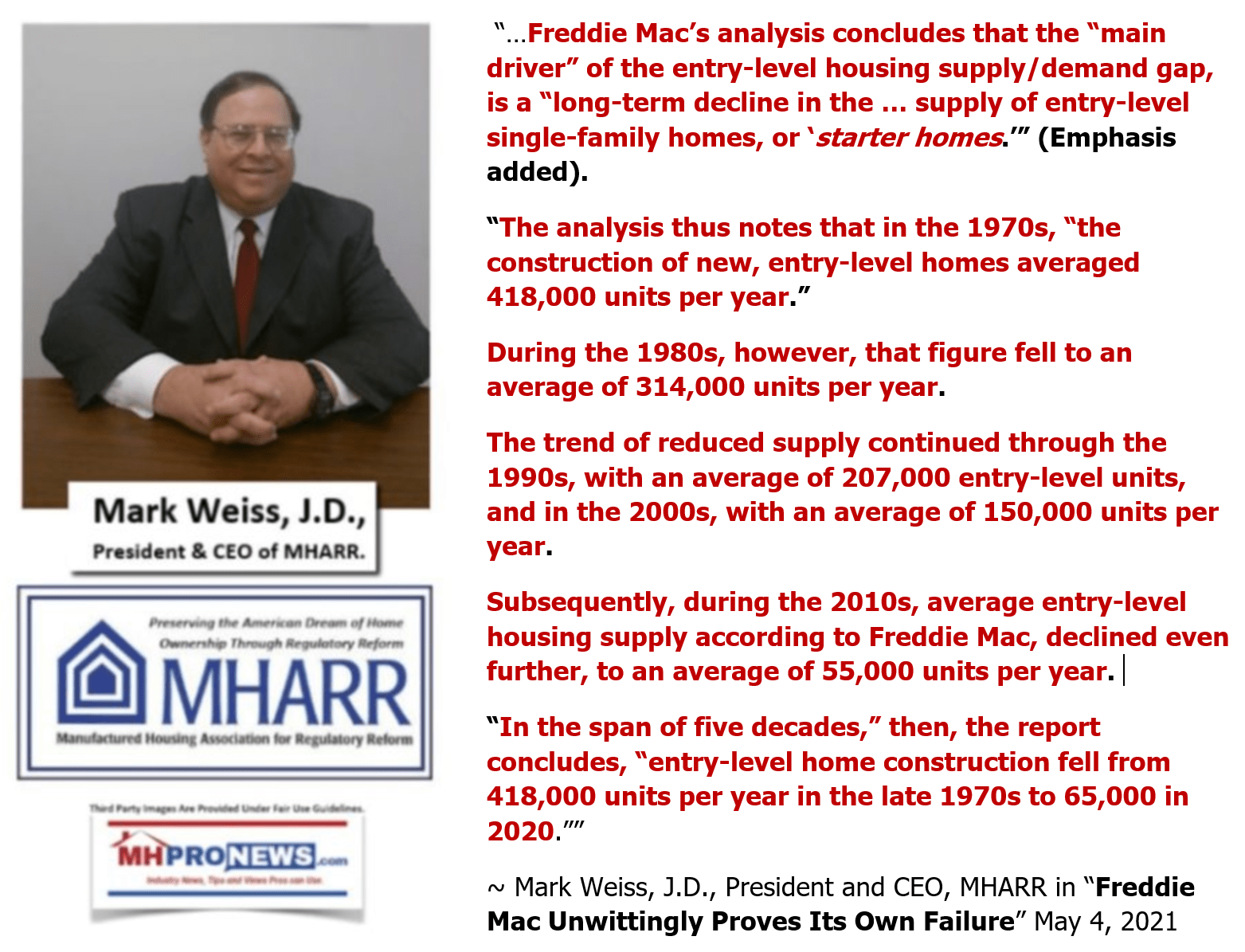
16) Nor are Weiss and those Federal Reserve researchers alone. As MHProNews alone has reported in manufactured housing trade media, the American Enterprise Institute (AEI) Housing Center’s Tobias Peter testified to the U.S. Senate recently that federal policies were causing the affordable housing crisis. In fairness, it should be noted that there is perhaps 80 percent overlap in agreement on these sources between what MHProNews, MHARR, or others inside the industry are saying with respect to those outsiders looking in and reporting. That acknowledged, the fact that there is such an overall consensus on the fact and their impacts are one more reason why public officials should act.
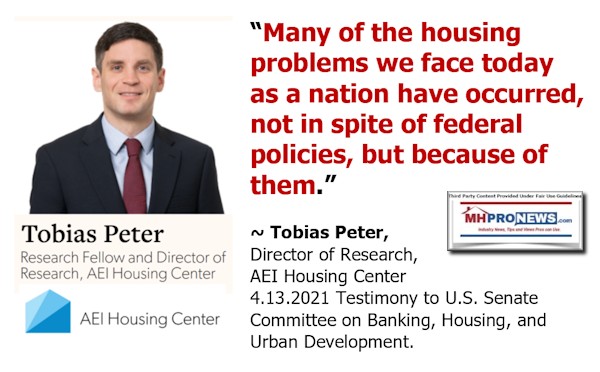
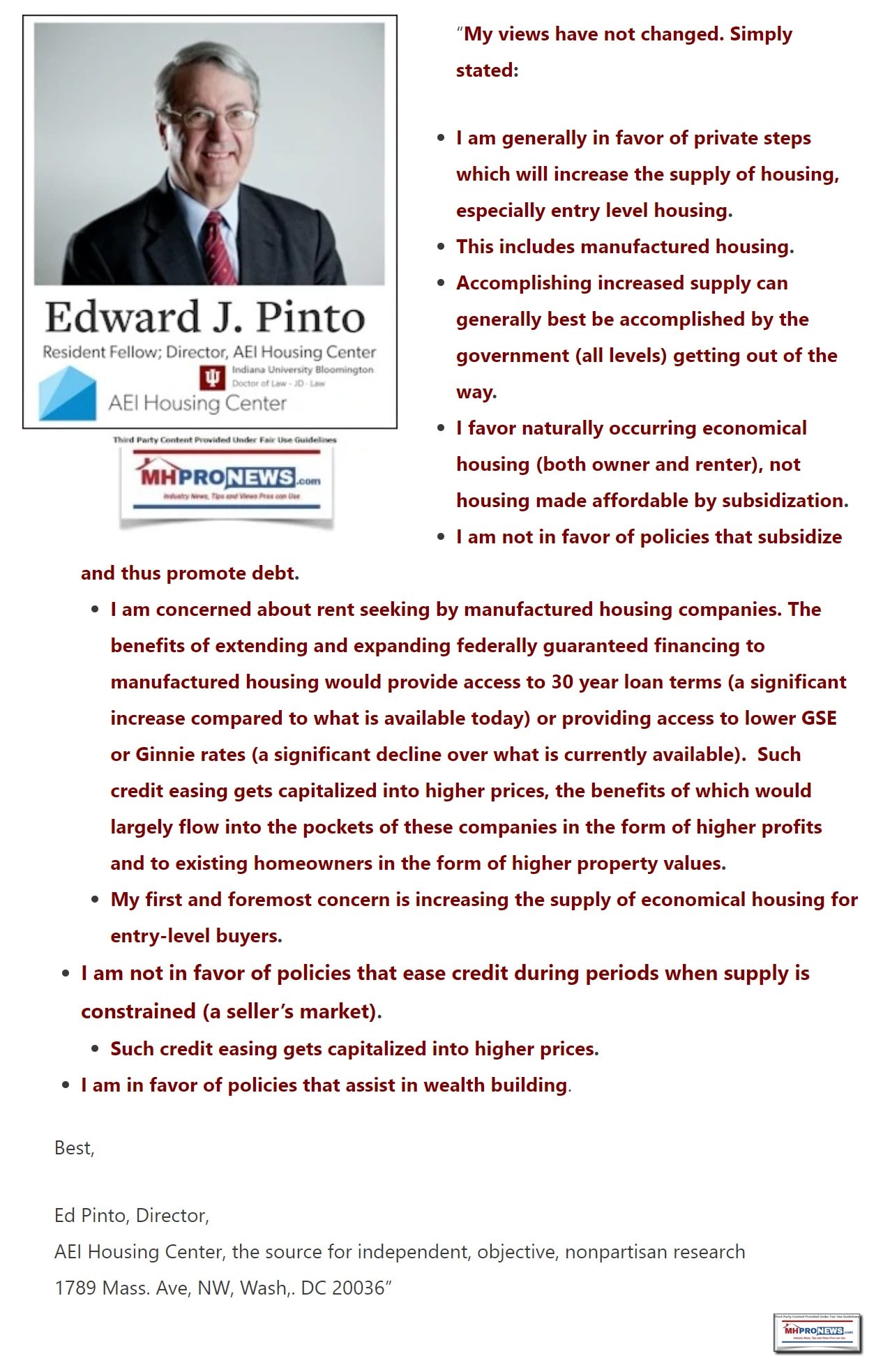
17) AEI officials are among those who are sounding the alarm that failure to act to slow the overheating of the housing market could or will lead to another systemic failure. How many want to see a repeat of 2008? The answer should be obvious. Those who profited from 2008 will want to see it happen again. But taxpayers and the vast majority of Americans should be strongly opposed to seeing one more giant systemic failure. Especially, when the truth is hiding in plain sight in reports like this one.
18) The facts herein continue to build upon the growing pieces of evidence that manufactured housing has been manipulated and subverted from forces outside and within. That might sound like conspiracy theory talk, but when there are so many voices that have raised similar alarms, it can no longer be waved off with that type of lame canard.
19) When Kevin and Clayton’s annual report say that they ‘witnessed zoning and appraisal success’ with CrossModTM, what that implies is that they made those efforts. By contrast, they failed to make those efforts in emphasizing CrossMods over all other HUD Code homes.
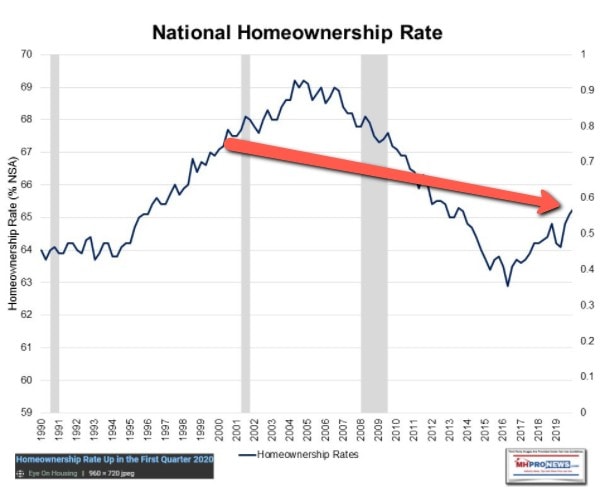

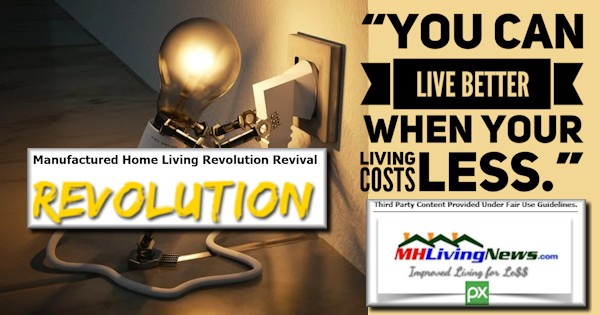
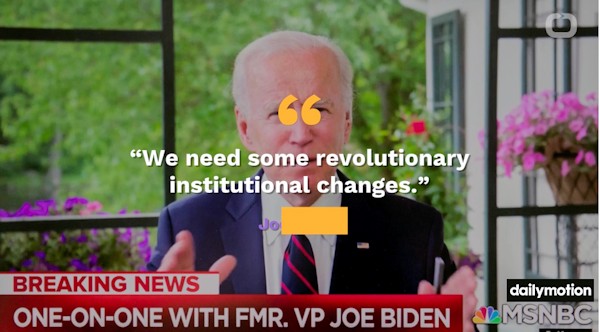
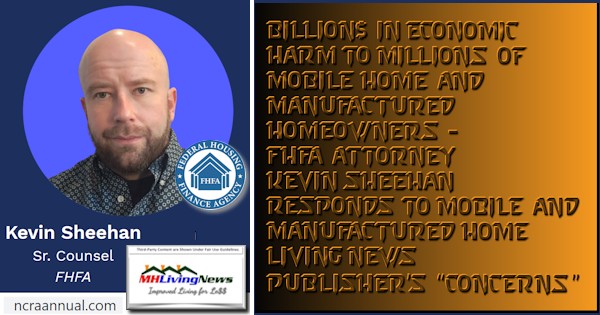
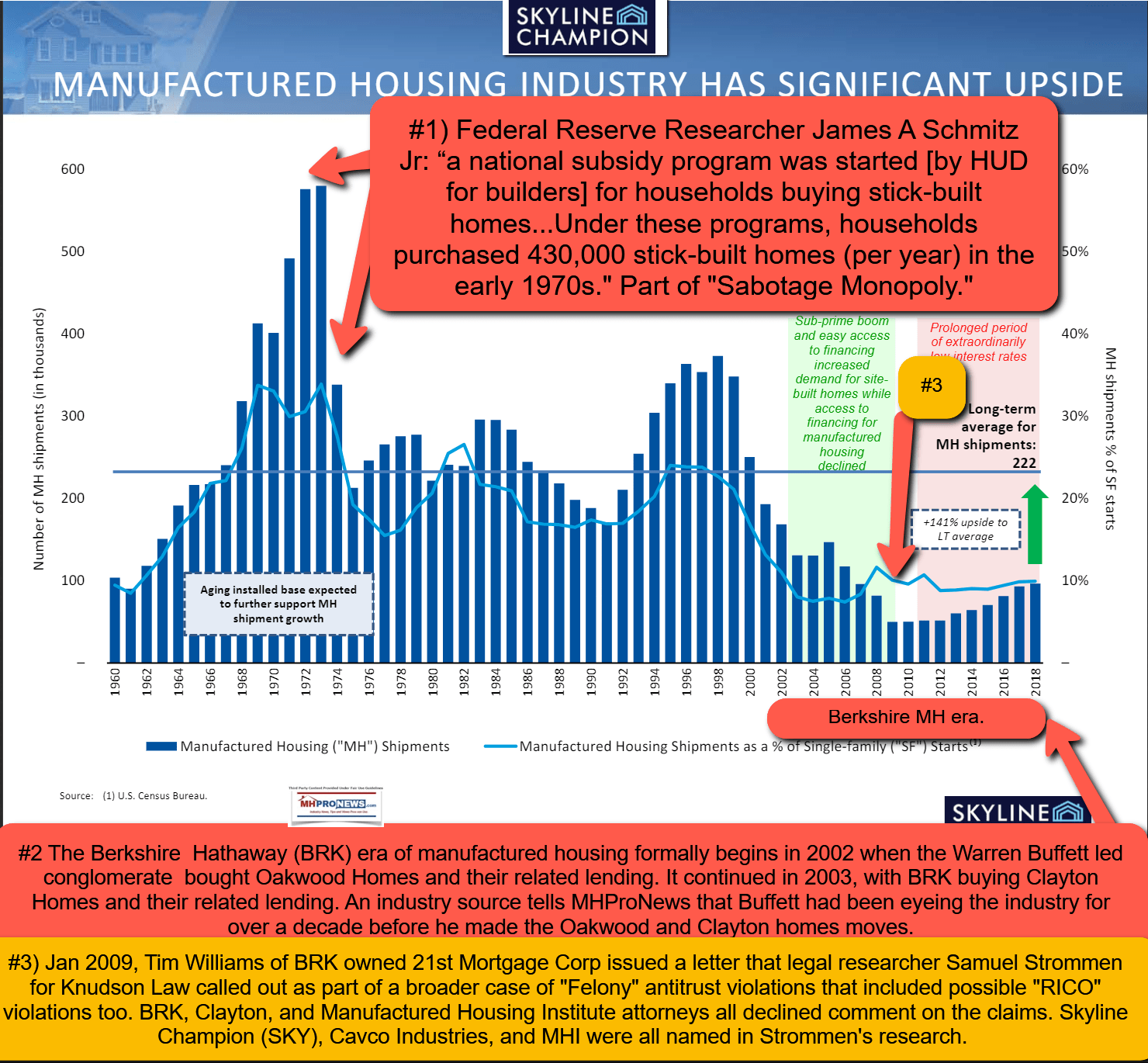
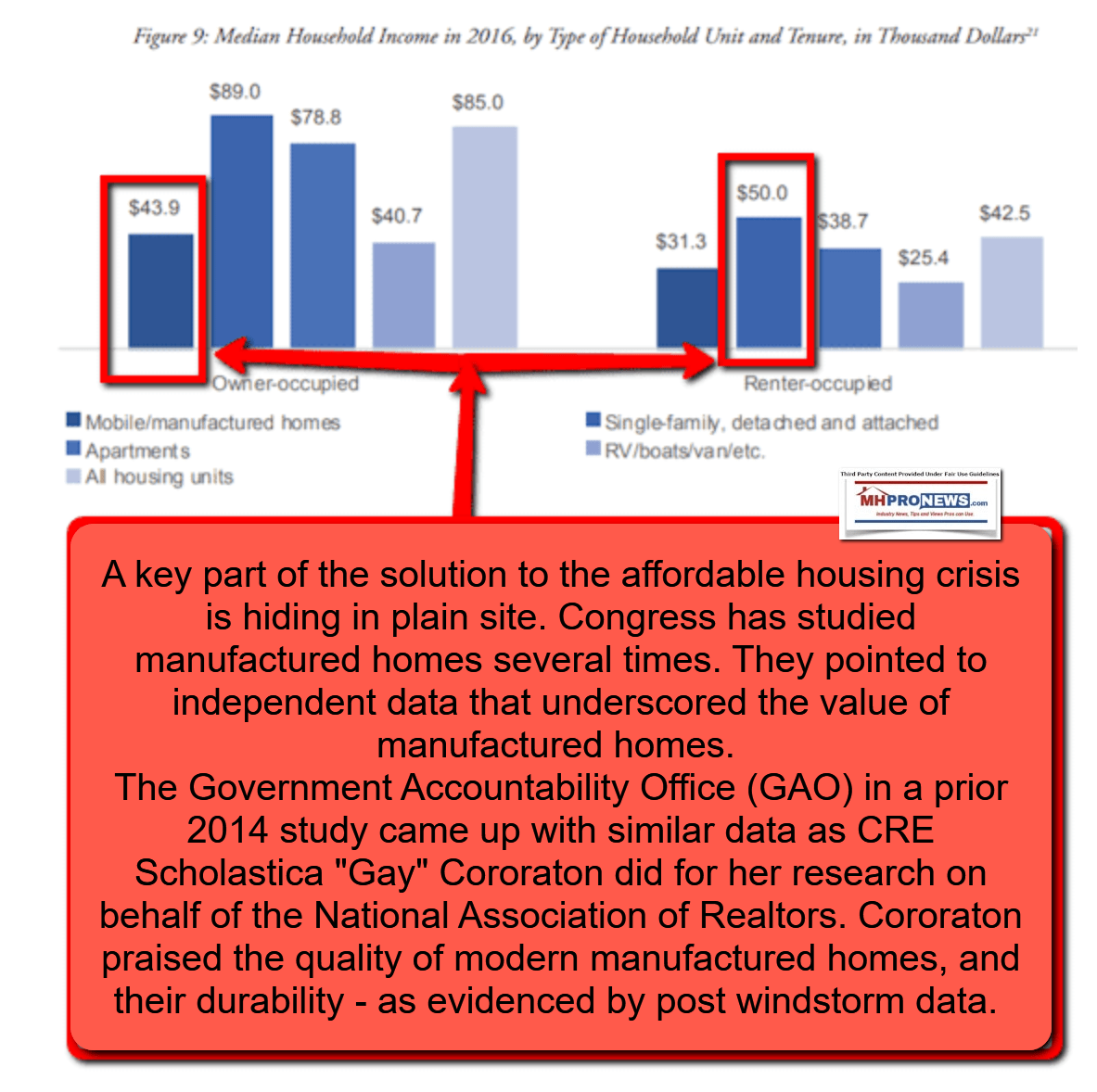
20) Among those who should be called in for questioning should include, but not be limited to, top officials at Berkshire Hathaway. Subpoenas should be issued. Warren Buffett, Charlie Munger, Ron Olson are among those who should be put under oath. All of the top leaders at Clayton Homes, 21st and VMF should be questioned. So too should middle managers and lower-level staff, because they are often examples of the fruitful potential in such investigations.
21) The case can be made that his purported fraud is far more costly to the American people than Madoff, Enron, Theranos, WorldCom, or other breakdowns in the 21st century alone. The good news? There are perhaps hundreds of billions of dollars that could be recovered from Warren Buffett and Berkshire Hathaway if the proper investigation and legal steps are taken.
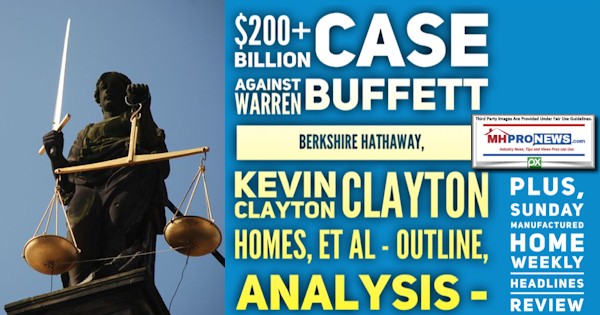
Part III – The Upside to Tackling These Concerns
As the President John F. “Jack” Kennedy quote above makes clear, every problem that is properly understood has a potential upside. When affordable housing is so much in need, it should be self-evident that HUD Code manufactured homes should be roaring skyward. The fact that March 2021 finally witnessed such a strong surge only serves to demonstrate that such a surge is possible.
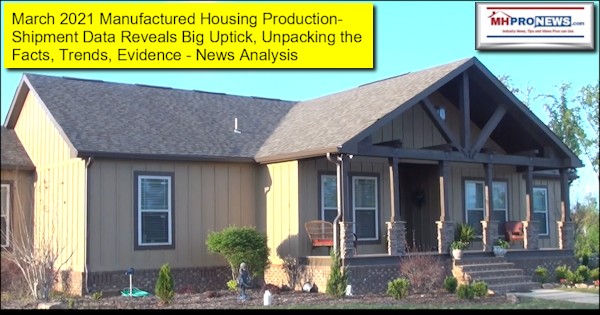
As some involved at the Texas Manufactured Housing Association (TMHA) recently pointed out, their state would have done better had weather not caused power grid problems.
While tech is always the bright shiny ball that many chase after, as Sam Zell has often quipped, when most people are looking left, that is the time to look to the right. HUD Code manufactured housing has arguably been subverted from within. It has been limited from within, with help by those outside too, in a fashion that has benefited consolidators.
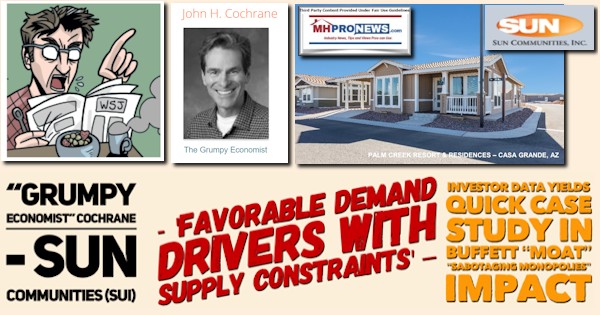
But benefiting those consolidators means it is harming manufactured home community residents and much of the general population.
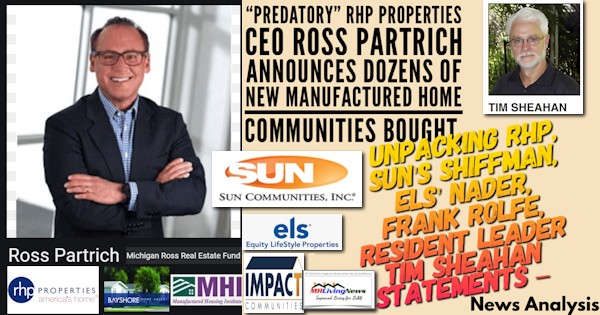
Some of this might have been avoided if more support had been given to MHARR. Also, breaking this logjam could be accelerated if MHARR’s long-standing advice of creating a post-production association that they could collaborate with were followed.

The industry’s independents should “aim high.” As President Donald J. Trump said long before going to the White House, if you are going to be thinking anyway, you might as well think big.
It is worth noting that rivals have admitted, or not, that they are not covering these issues, but have ‘applauded’ our efforts in doing so.

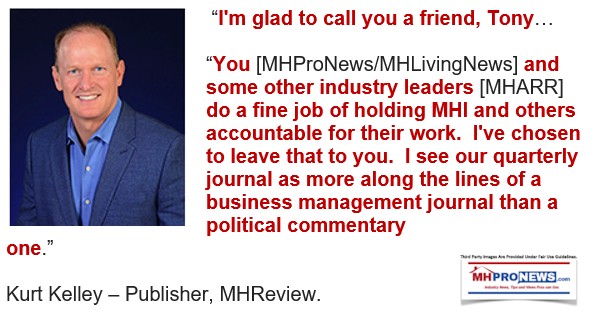
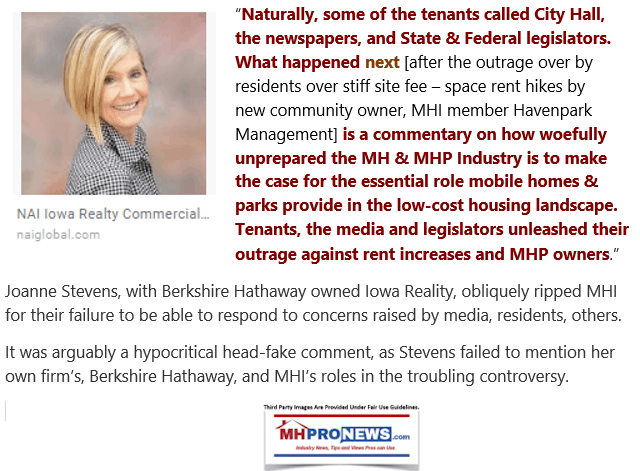
IV Conclusion
Once the proper understanding exists, the Clayton Homes annual report only serves to confirm years of previous concerns reported by MHProNews. To briefly toot our own horn, years of diligent efforts have been made at considerable sacrifice in order to keep hammering away at these issues. We believe that there is now more than enough critical mass to start the chain reaction that could bring this big con job down that has limited our industry and has harmed untold millions of Americans
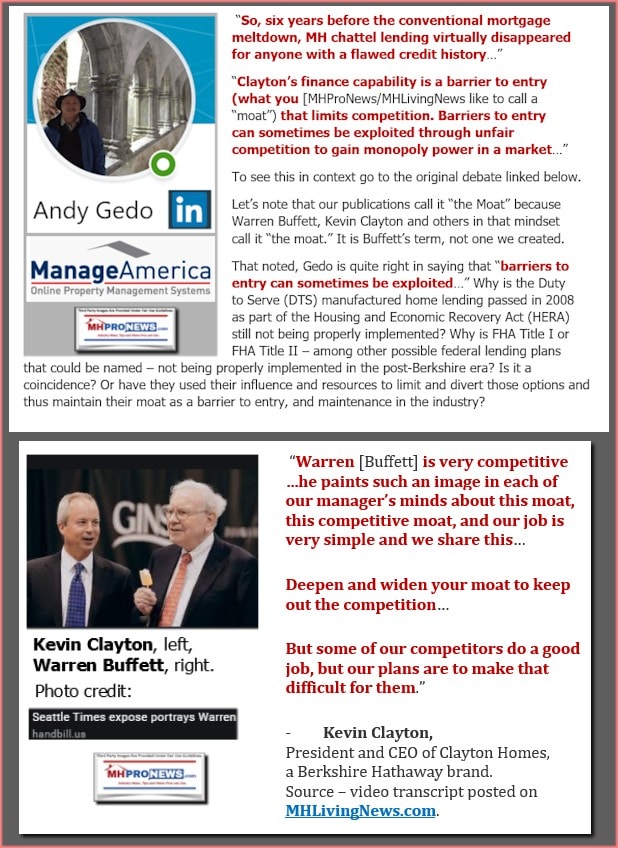
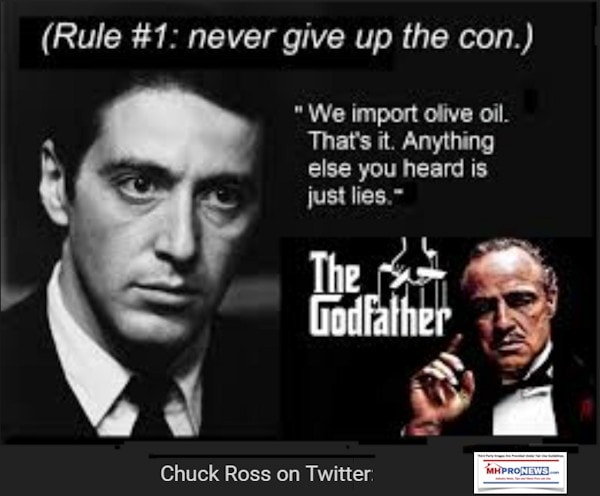
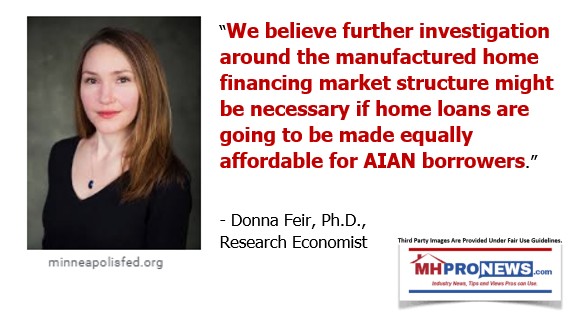
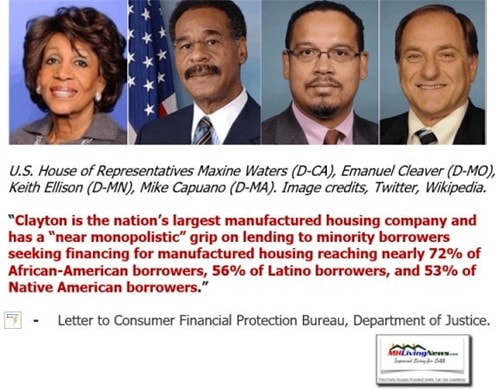
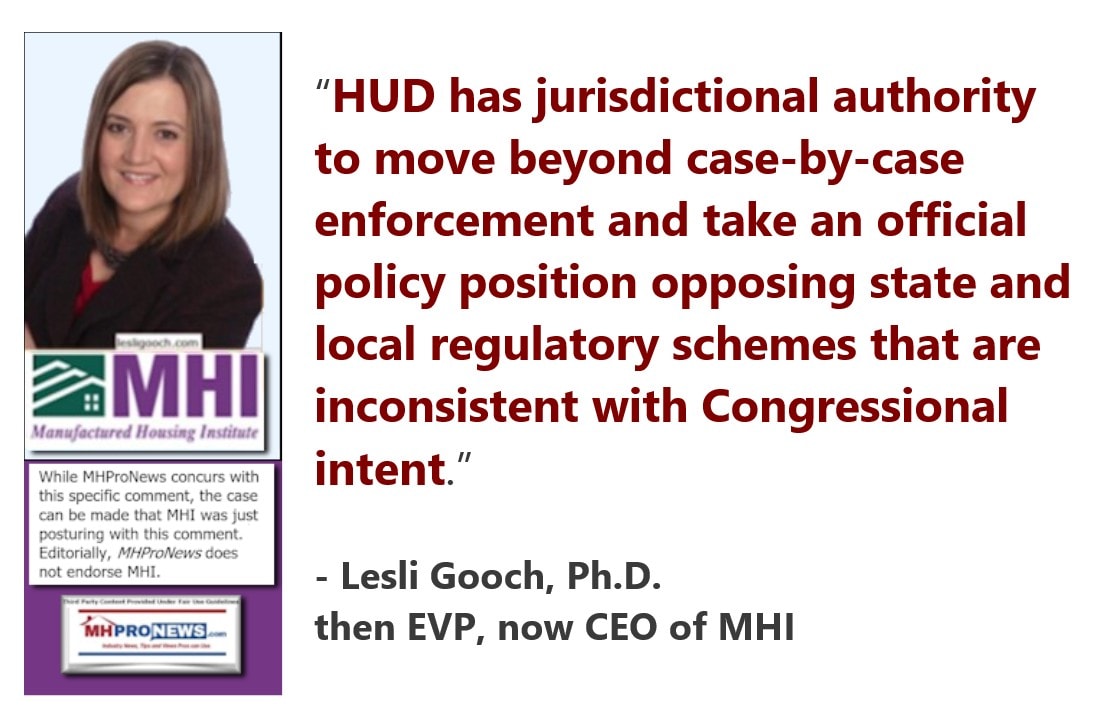
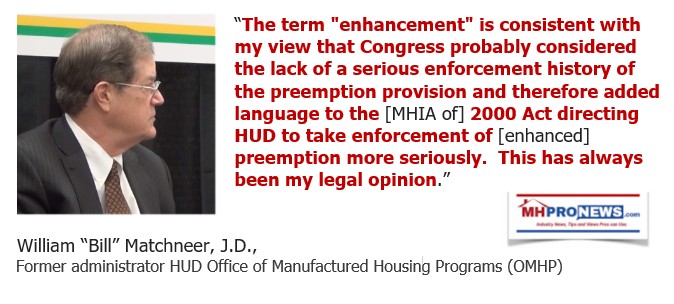
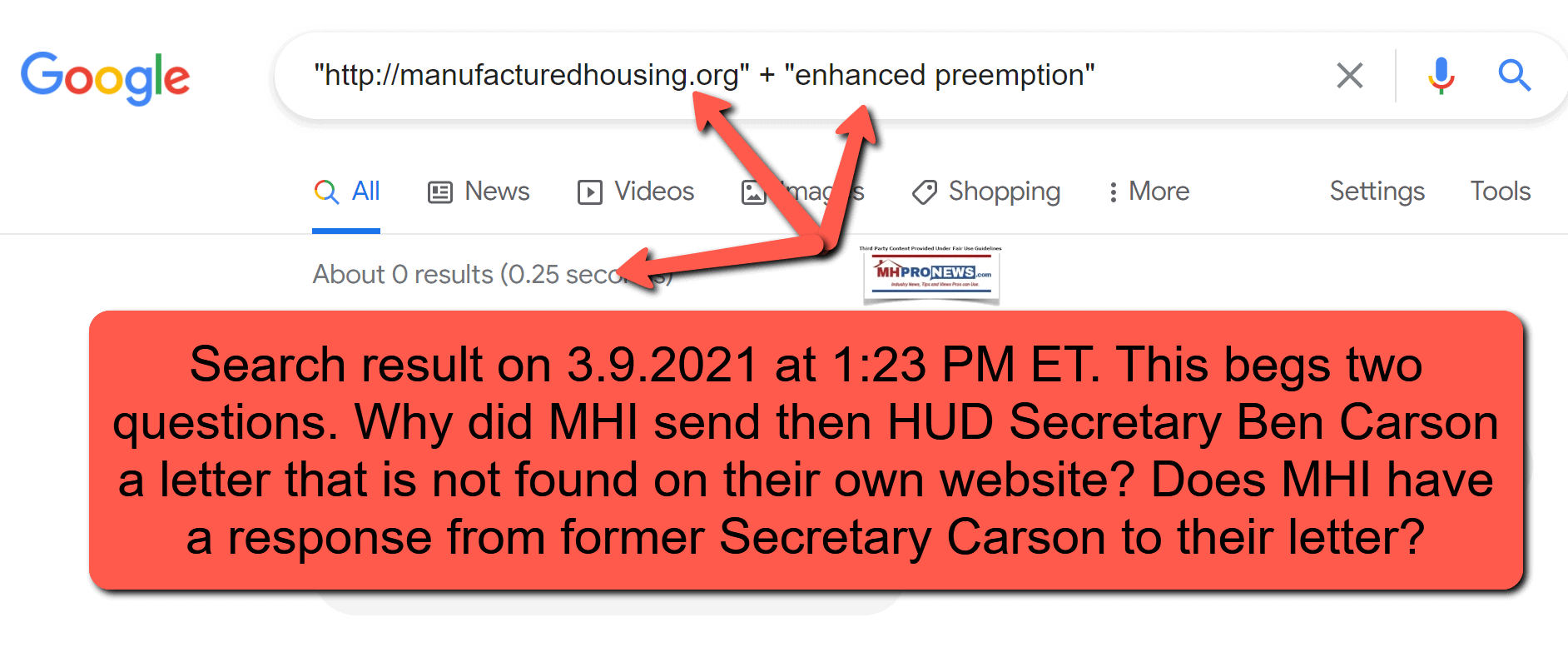
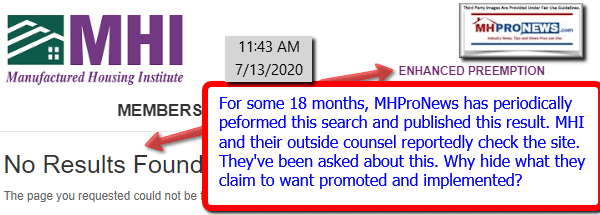
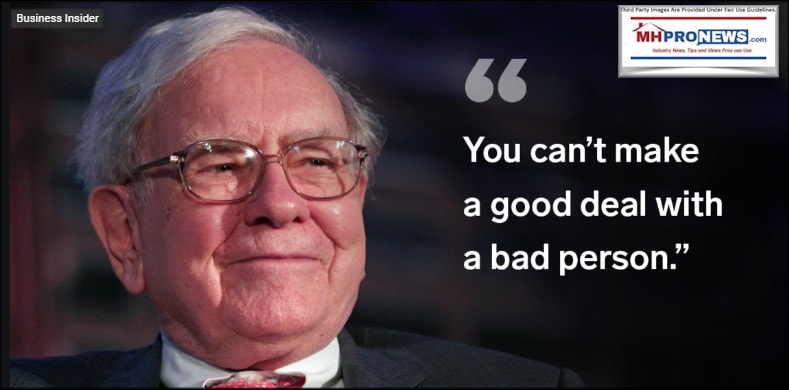
In contrast to MHI, MHARR has shown themselves to be amazingly faithful in an industry that is ripe with corruption.
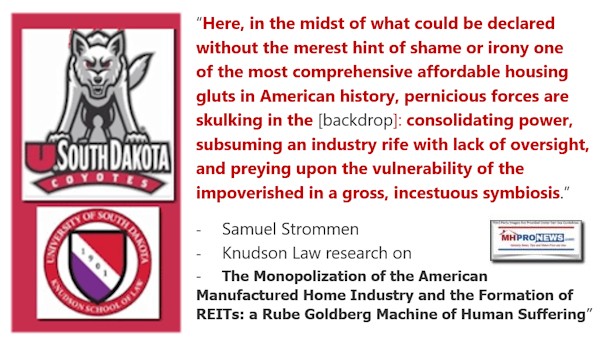
While MHI says things to their members via emails that oddly are NOT found on their own website, when MHARR puts out a statement by email, it is routinely published on their own website. That makes it accessible to public officials and researchers.
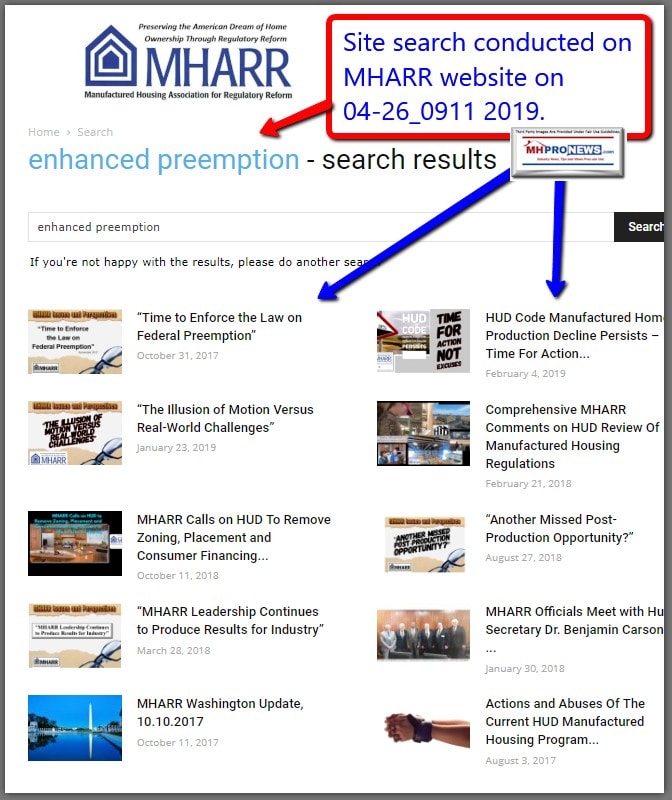
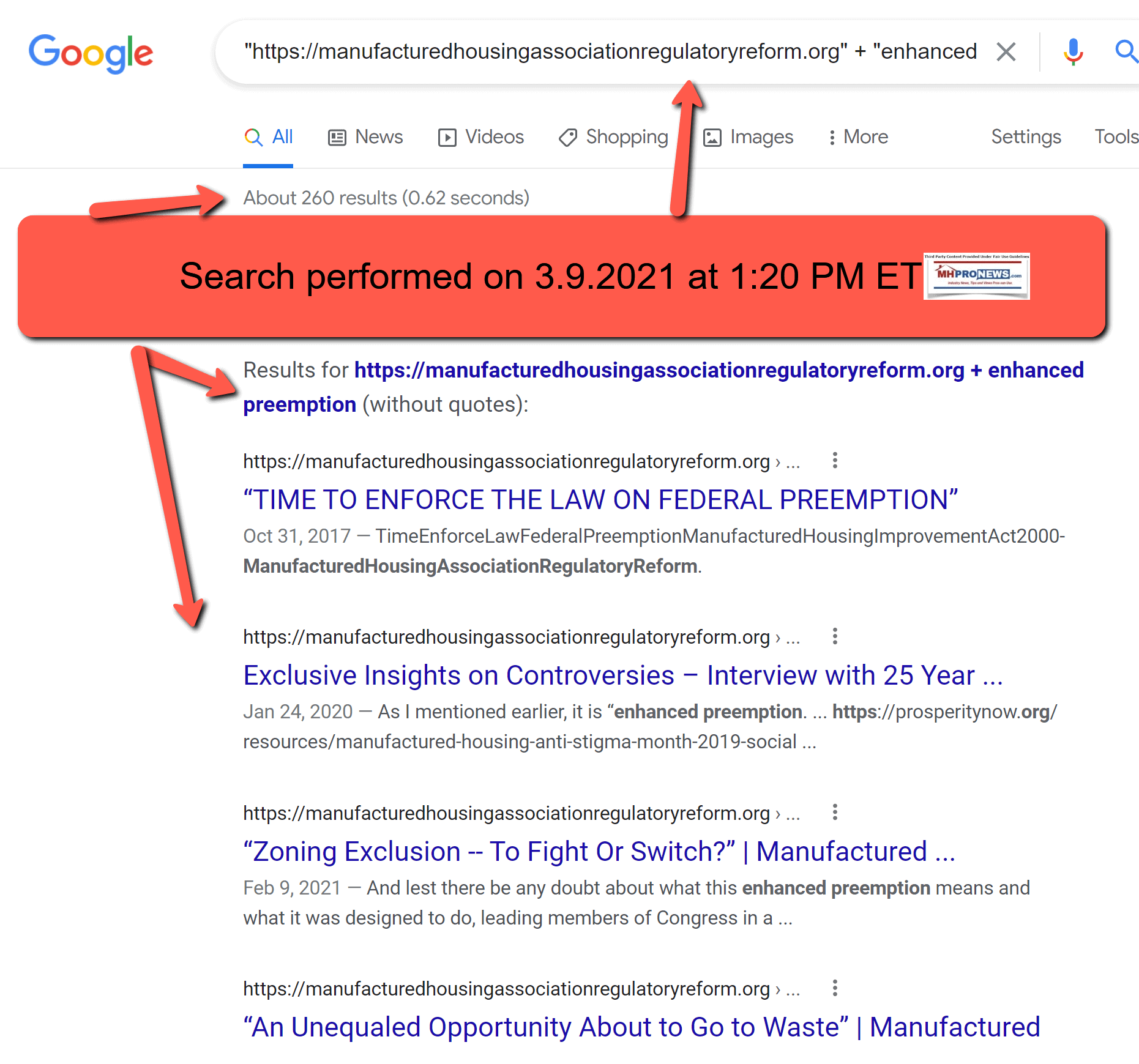
That public placement by MHARR can steadily make a difference, as the Washington Post ironically highlighted MHI’s failure and smaller but mighty-in-effort MHARR’s success, see the example below.
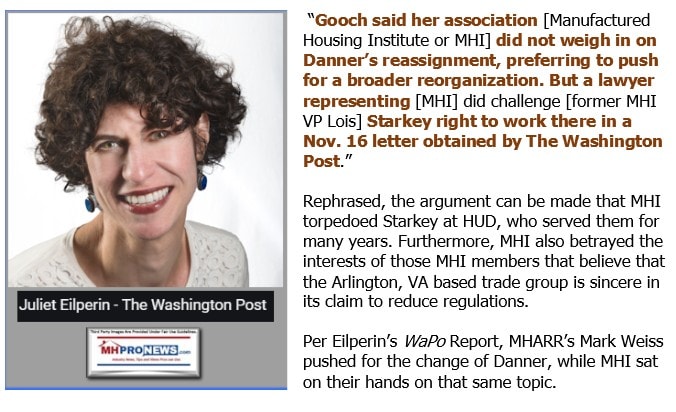
The quotes and the whistleblower video above about financing should be understood through the lens of this Doug Ryan, Tim Williams/21st, and Warren Buffett quotes.
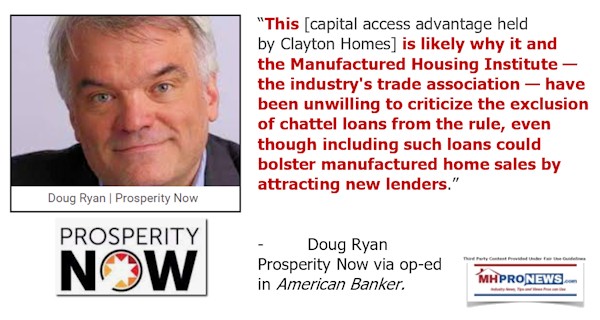
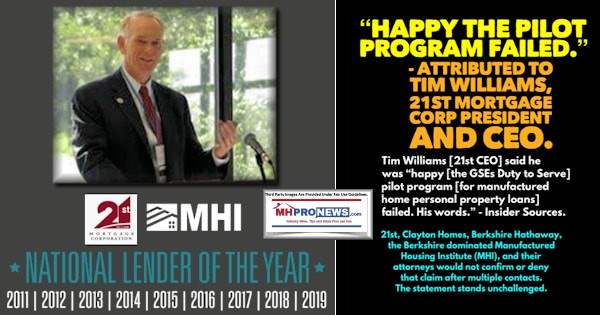
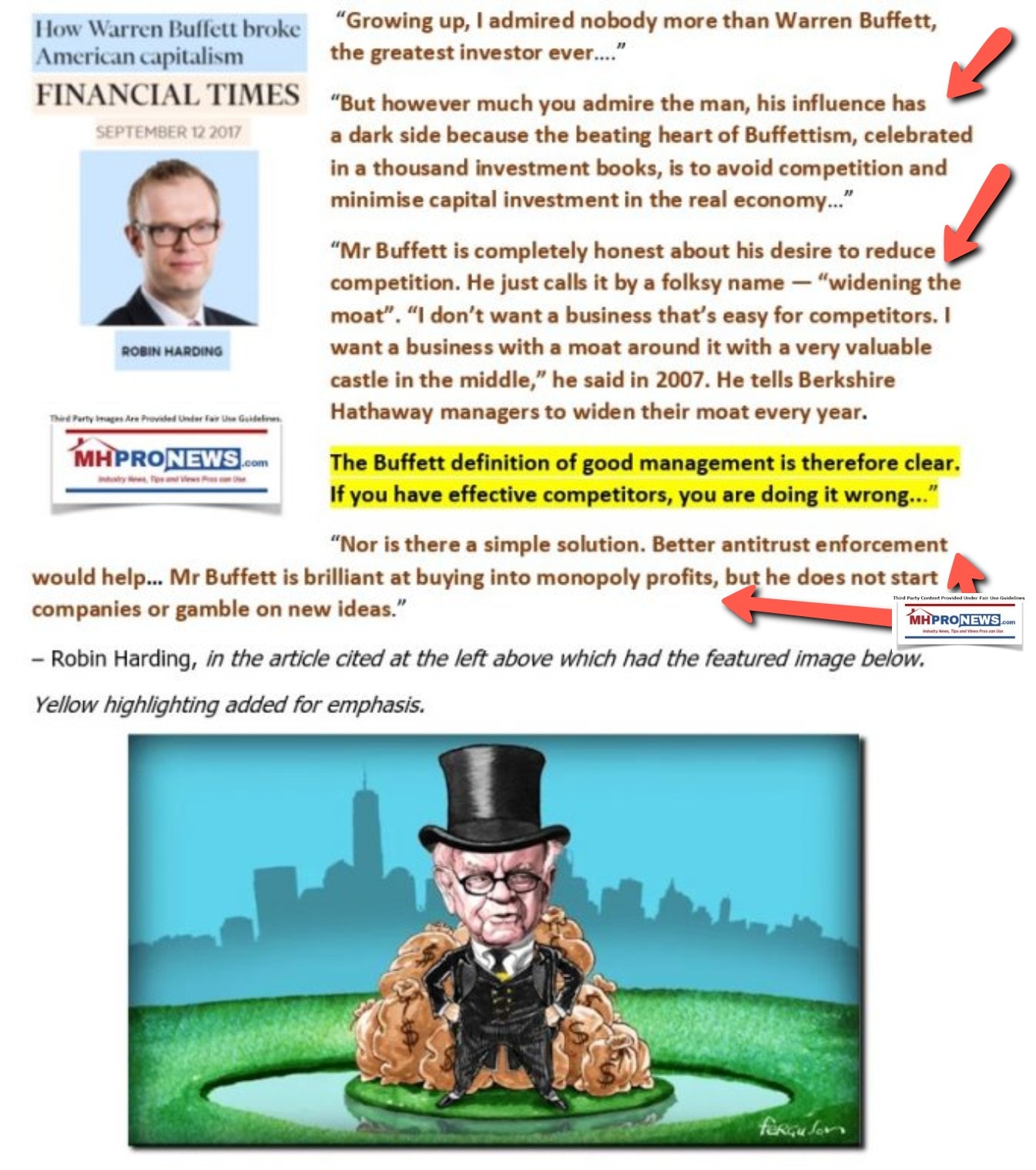
Gates was arguably correct. A parasitic organism feeds on its host. It weakens or even destroys the host from within. If that seems incongruous at first to some, one must keep in mind several things that are also brought forward by the Clayton annual report. They are now site builders too. If they ultimately killed off the manufactured home industry by their conniving and collusion, would it hurt Berkshire or Buffett much?
The bottom line is this. If those who have evidently subverted thousands of providers of affordable manufactured homes are not held to account, the outrage and harm caused to millions will be a tragedy of monumental proportions. These are problems that can and should be stopped, by applying existing laws robustly. Clayton’s own report continues to make the point that during an affordable housing crisis, the industry declined. It is simply not logical to think that this could occur, unless Buffett and his allies wanted it to be so.
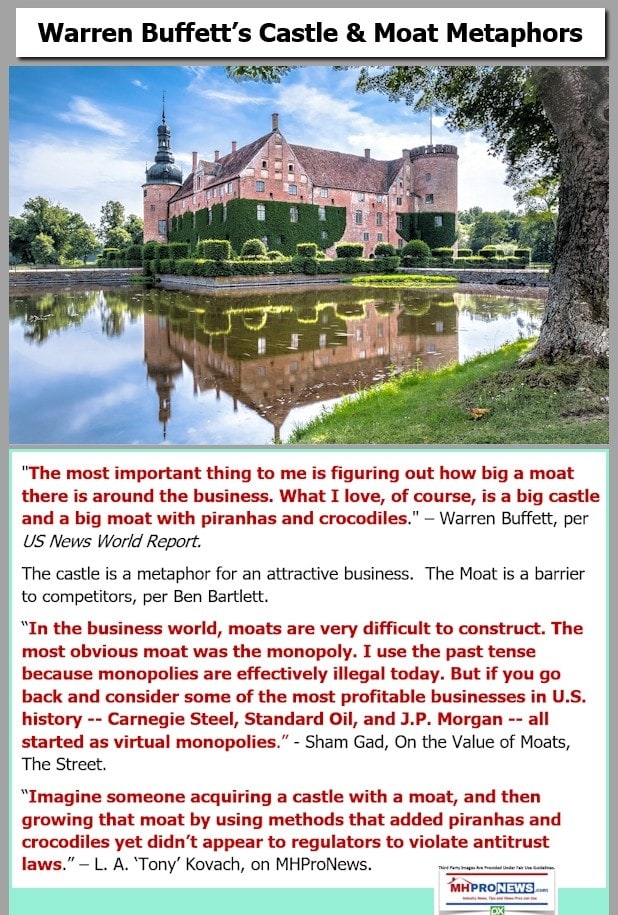
###
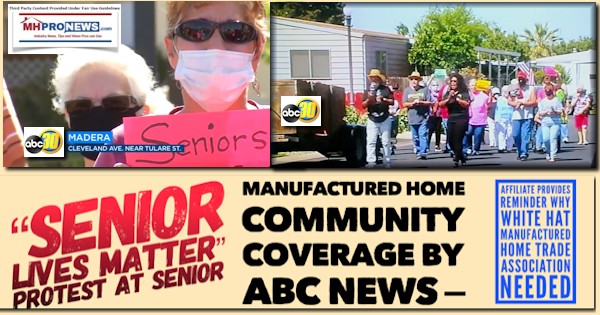


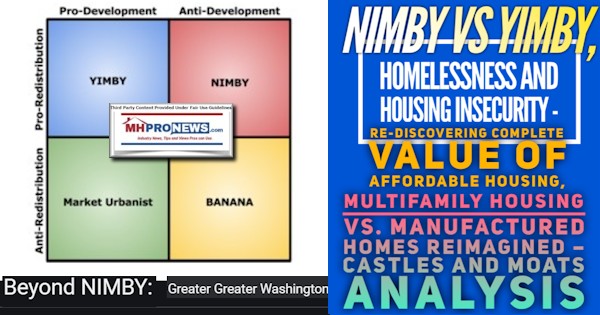
Our thanks to you, our sources, and sponsors for making and keeping us the runaway number-one source for authentic “News through the lens of manufactured homes and factory-built housing” © where “We Provide, You Decide.” © ## (Affordable housing, manufactured homes, reports, fact-checks, analysis, and commentary. Third-party images or content are provided under fair use guidelines for media.) (See Related Reports, further below. Text/image boxes often are hot-linked to other reports that can be access by clicking on them.)

By L.A. “Tony” Kovach – for MHProNews.com.
Tony earned a journalism scholarship and earned numerous awards in history and in manufactured housing.
For example, he earned the prestigious Lottinville Award in history from the University of Oklahoma, where he studied history and business management. He’s a managing member and co-founder of LifeStyle Factory Homes, LLC, the parent company to MHProNews, and MHLivingNews.com.
This article reflects the LLC’s and/or the writer’s position, and may or may not reflect the views of sponsors or supporters.
Connect on LinkedIn: http://www.linkedin.com/in/latonykovach
Related References:
The text/image boxes below are linked to other reports, which can be accessed by clicking on them.
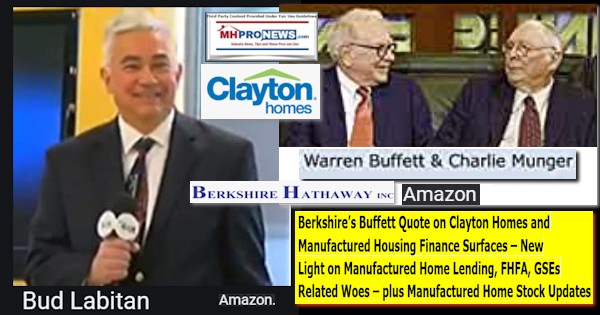
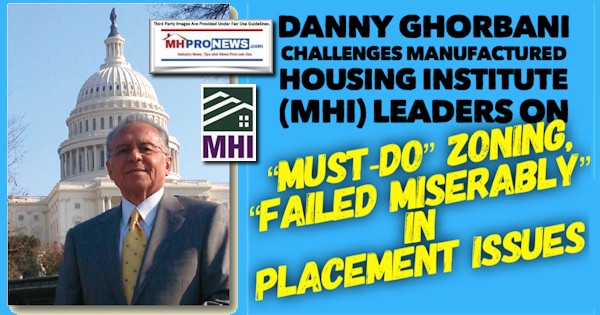
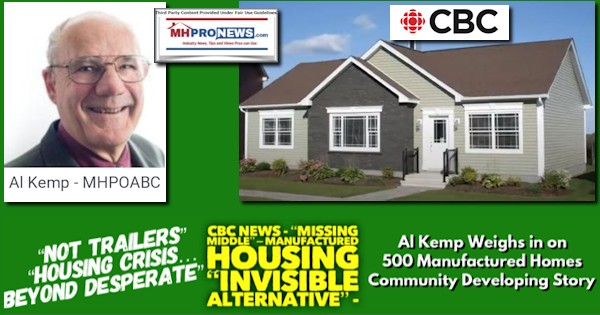
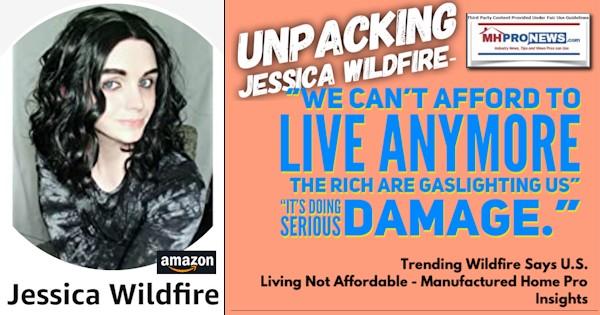
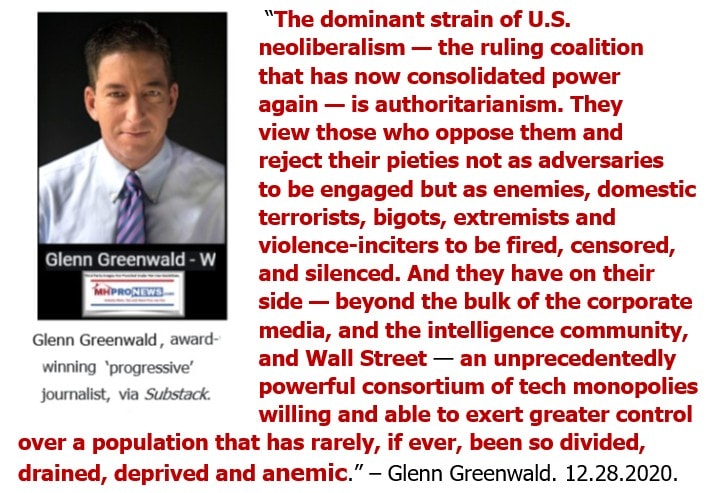



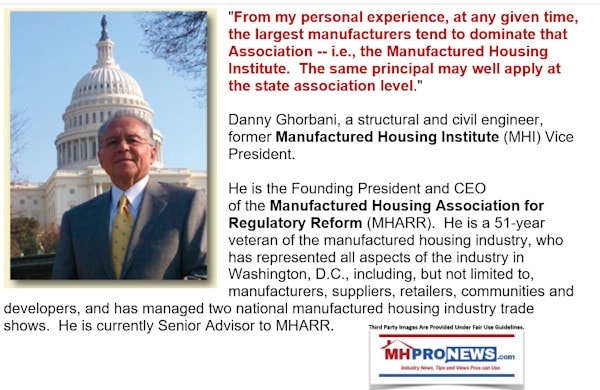
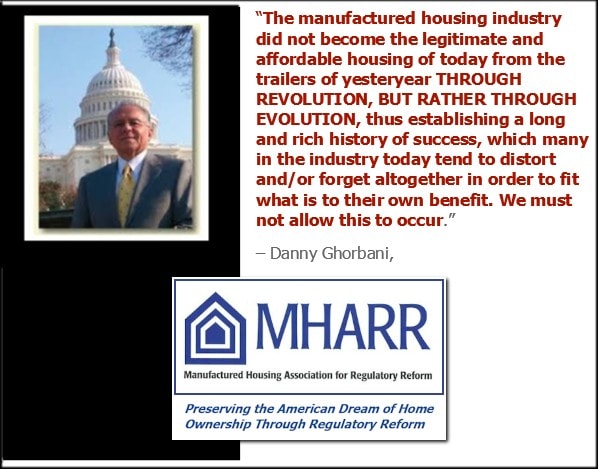

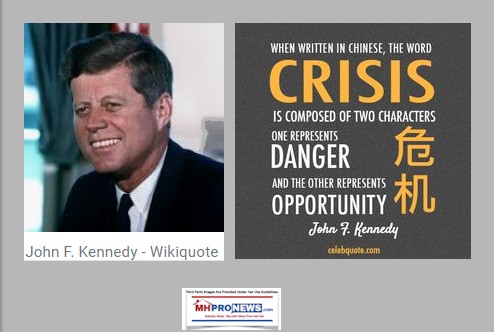
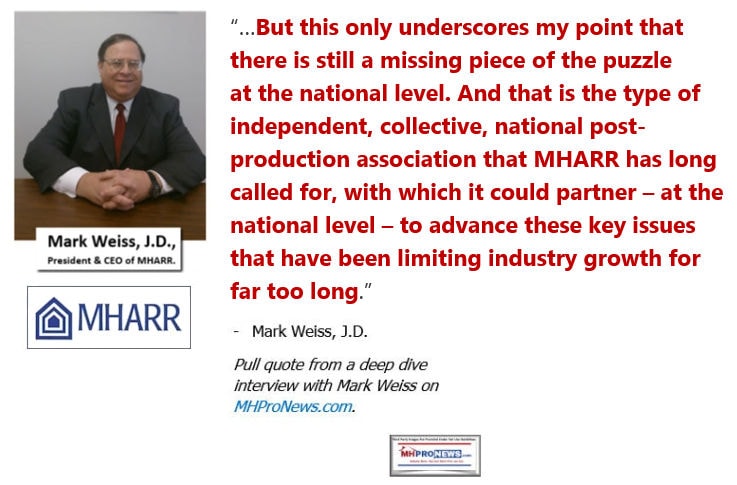

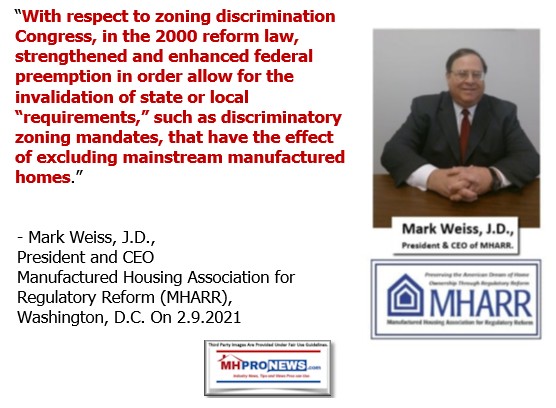
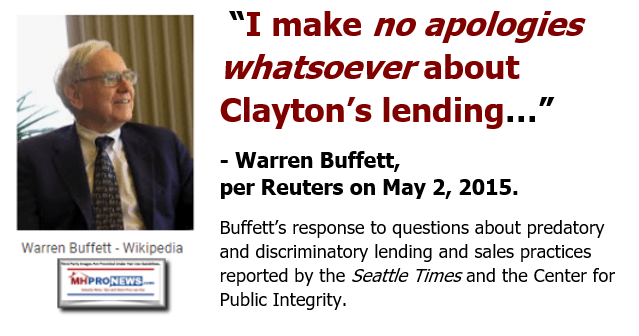

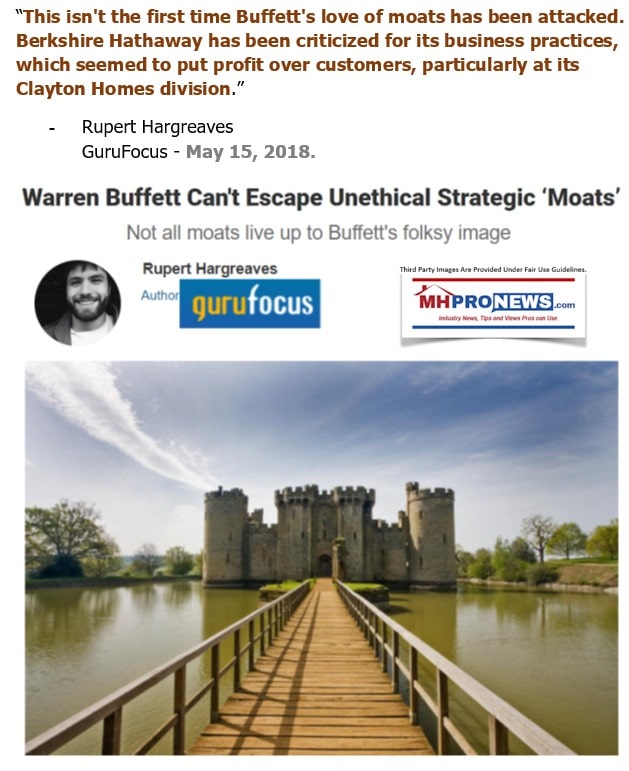
![DidntWantToMeetWarren[Buffett]BecauseGuyBuysSellsFoundImperfectMarketNotValueAddSocietyZeroSumGameParasiticBillGatesPhotoMicrosoftLogoGatesFoundationLogoQuoteQuotableQuoteMHproNews](http://www.manufacturedhomepronews.com/wp-content/uploads/2020/07/DidntWantToMeetWarrenBuffettBecauseGuyBuysSellsFoundImperfectMarketNotValueAddSocietyZeroSumGameParasiticBillGatesPhotoMicrosoftLogoGatesFoundationLogoQuoteQuotableQuoteMHproNews.jpg)
